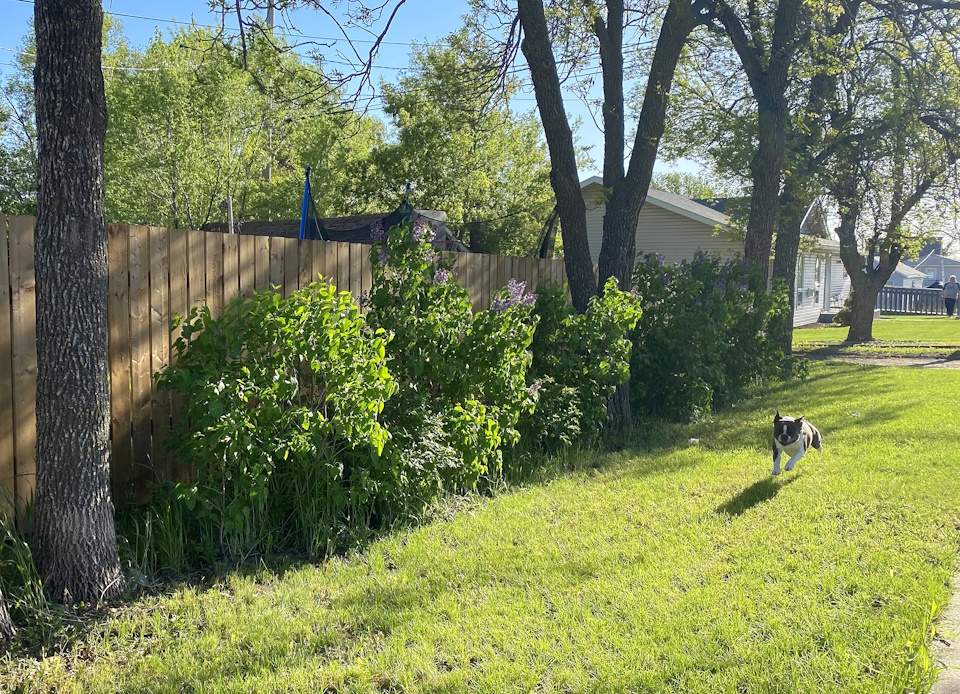With a burst of summer heat followed by heavy rains, followed by more heat, lawns across Weyburn have exploded in growth, and local homeowners are eager to tame them. But according to Sherri Roberts, a professional agrologist and program head at the Ag and Food Production program with Sask Polytech, many people are making common mistakes that can do more harm than good.
“The majority of people mow their grass too short,” Roberts said. “Kentucky bluegrass likes to be about two and a half to three and a half inches tall."
Roberts explained that many homeowners attempt to replicate the look of golf course fairways and greens, not realizing that those are typically made of bentgrass, a completely different species suited for extremely short mowing and intensive care. Another mistake Roberts sees frequently is the trend of topdressing lawns with sand, a practice borrowed from golf course maintenance.
“Sand cannot retain moisture, it cannot retain nutrients because there’s too much space in between these little aggregates, or shapes of the individual soil particles,” she said. “It can’t retain anything, so you create yourself a layer where when the roots hit it, there’s no water there, there’s no nutrients there, you just create a mess in your yard.”
Instead, she recommends sticking with topsoil and compost to promote healthy growth and improve soil structure.
This year, Roberts has also seen an increase in lawn diseases being reported across Saskatchewan, many of which are fungal and can persist under snow if untreated.
“You really need to treat those,” she cautioned. “Don’t mask them by putting down a ton of fertilizer,” she cautioned. “Most of them you can treat with copper sulphate. If you get in a real bind, there is a chemical out there called Daconil 8767. You have to get that from a commercial sprayer. Maybe have to bring somebody in if it’s that severe.”
Another growing trend is the use of humic acid products, which help root growth and can deepen lawn colour. While beneficial in moderation, Roberts warned that overuse, especially of products containing iron, can lead to toxicity and even plant death.
"Most of these products, they’re good putting on according to the label directions,” she said, noting that if you deviate too much, such as applying fertilizer once a week, it can burn out the plants.
When it comes to watering, Roberts said early morning is best. This way, you have the whole day for things to dry off. Watering late at night can be a problem, as there isn’t a chance for excess water to evaporate.
“Wet and cool is a recipe for fungal diseases,” she noted. In terms of how much or how often to water, there are two choices.
“You either keep watering it, and if you’re watering it, an inch a week, or you let it go dormant,” Roberts stated. “Don’t play around with in between.”
To measure that inch, Roberts recommends a simple trick: place a tuna can on the lawn and water until it fills. She also cautions against walking on dormant grass, as it can damage the blades. And for those noticing water pooling or slow absorption, aeration in the fall or spring, combined with compost, can boost organic matter and soil health.
“The more organic matter you have, the more your lawn retains water and nutrients,” she said.
